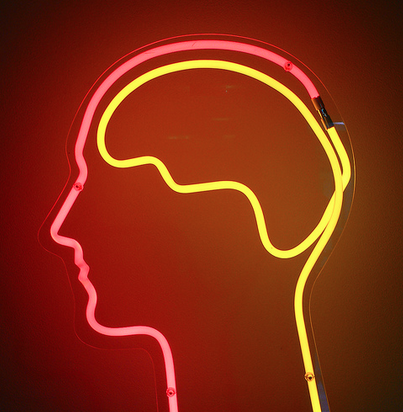
11 Feb How Much Are We Really In Control of Our Movement?
Just how much the conscious mind is actually in control of what we do has long been in question. However recent research, testing mechanisms involved in decision-making, suggests that we can in fact exercise control over our decisions.
In the 1980s Benjamin Libet demonstrated that conscious decisions were initiated by unconscious brain processes, and that a wave of brain activity referred to as a ‘readiness potential’ could be recorded even before the subject had made a conscious decision.
The recent study in Germany has shown that “A person’s decisions are not at the mercy of unconscious and early brain waves. They are able to actively intervene in the decision-making process and interrupt a movement,” says Prof. Haynes.
This is exactly how the Alexander Technique sees the world and has been doing for over 100 years.
In the Alexander Technique we believe that when we ask a student to sit in the chair the brain gets ‘ready’ to sit in the chair in the way it always does (the way we habitually sit). We then say no I don’t want to sit in the normal way, (normally not out loud but its an instruction we give ourselves, we call this ‘Inhibition’) We then ask the body to sit in the chair in the way we want (Using ‘Directions’ like saying to yourself – as I sit in the chair let my neck be free) and this gives us the opportunity to sit in a different way to our (often bad) habit.
You can read the full article in Eurekalert magazine.
Image courtesy of Dierk Schaefer

